Gardening Q&A
-
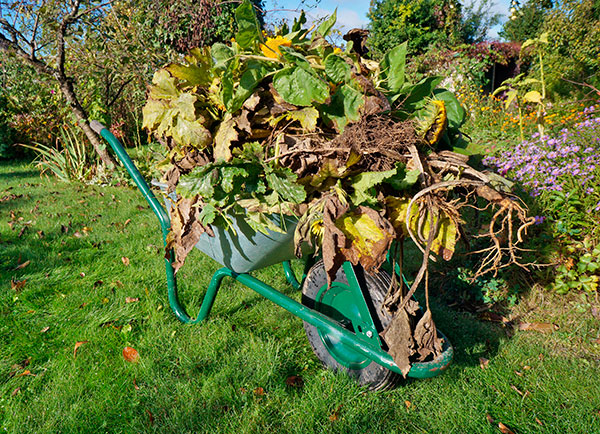
My vegetable garden is a mess, and weeds are starting to sprout. Is there anything I can do now instead of waiting until spring to make it easier to manage?
Yikes, yes! At the end of each season, pull all of the dead plants out of the garden. If you have a compost pile that gets really hot, compost all of the clippings. Otherwise, toss them into the green waste garbage bins if your community provides them. If you leave all this dead debris in the garden, it gives overwintering insects a place to hide and live.
Next, add as much compost to the soil as you can. Finally, put the garden to bed by adding mulch: leaves, straw, chipped bark. This keeps the weeds away. In the spring, rake away the mulch and plant the garden. Do not turn this mulch into the soil, because it will use the nitrogen in the soil to break down and deprive your vegetable plants of that nitrogen. An alternative to mulch is to plant a living mulch that you can turn into the soil and add nutrients to the soil. Timing is crucial for overwintering live mulches. There are plenty of instructions online if you are interested.
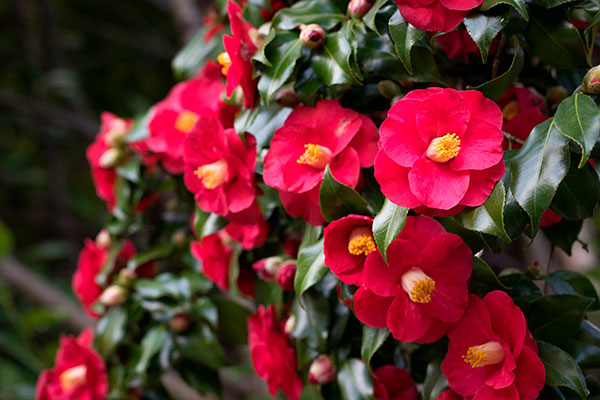
My camellias are making buds, but for the past few years the flowers have been turning brown and mushy and falling to the ground just a short time after they bloom. What's wrong?
Sounds like camellia blight. It generally affects late-winter- and spring-blooming camellias. It's caused by a fungus. It's the bane of all camellia enthusiasts.
The best control is to keep the fungus out of the garden, which, if you already have it, means judiciously picking up all the dropped flowers, including those stuck between the branches of the plant, not just the ones on the ground. Throw them in the garbage. Do not compost them. Chemical control of the blight is usually unsuccessful.
Oddly enough, fall-blooming camellias usually aren't affected by camellia blight.
-
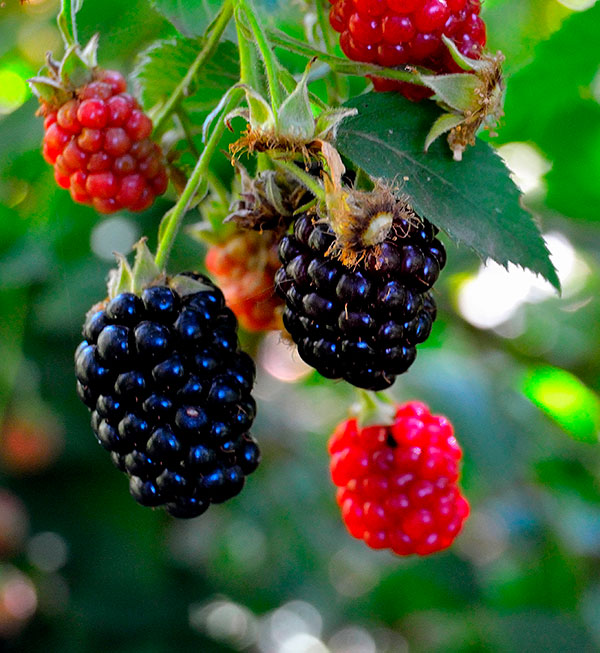
We planted blackberries a few years ago and have tried to train the vines on a trellis, but it is a tangled mess. How do we make it neat and productive again?
The vine that produces this year's crop won't produce any next year, so cut it to the ground. That should take care of some of the spiny, tangled mess. A berry farmer I know uses a two-wire system. The canes produced this year, he ties to the wire on one side, so he knows which ones produce fruit for the year and to make it easier to keep the berry patch organized. As the canes come up for next year's fruit, he ties them to the other wire. If your berry patch is really out of control, you might just want to cut the whole thing back and start over, keeping things more organized in the future.
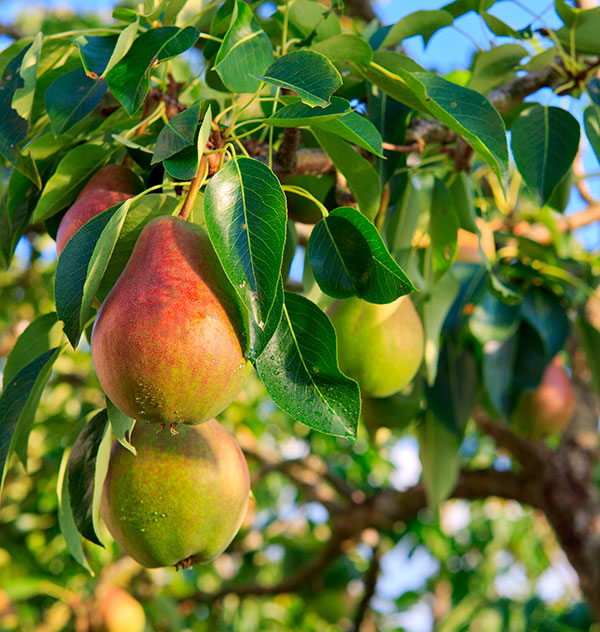
We want to plant several types of fruit trees this coming bare-root season, but don't know which are best for beginners.
Apple and pear are good bets for beginning orchard gardeners because they are easy to prune. Others, such as plum and peach, bear on new wood or year-old wood, so it can be tricky to know how to prune them to keep them producing. But the best advice is to plant what you love and will eat, and learn how to take care of them. There are several books on home orchards. I had several types of fruit trees, and when it came time to prune, I took the book out with me and followed the directions for each type of fruit tree. Pretty soon, I could identify fruit trees just by their bark.
This is a good time to plan your orchard and research what types of trees you like. Rather than buy something based on a description of its taste, try to sample varieties of fruit while they are in season, and then find and plant those varieties you know you like. I mistakenly planted a Rome Beauty apple once, and while it produced beautiful apples, no one in my family liked them.
-
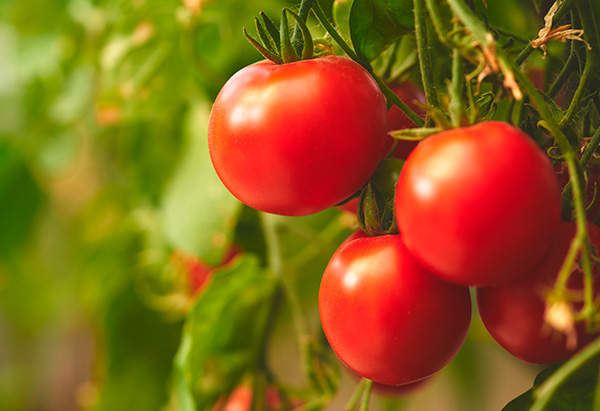
Parts of my tomato vines are dying back—the leaves are dried up and brown. Someone told me they could have tobacco mosaic, especially if someone who smokes has been in my garden.
True, the tobacco mosaic disease can be carried into a garden by someone who smokes, but it's rare. And the symptoms you describe match those of the mosaic. Most hybrid varieties of tomato are not susceptible. Many heirloom varieties are, but it is still rare. More likely, the problem is not enough water. Tomatoes like long, deep soaks of water on a regular basis. They do not like drought. Cut away the dead parts of the plant—they aren't going to recover—and give the plants more water. To be safe, plant tomatoes in a different spot next year if you can. Add plenty of compost to the soil, no matter where you plant them. Put mulch over the top of the soil to preserve moisture, and make sure the tomatoes don't dry out. A friend had this problem and was convinced it was tobacco mosaic. He called in several experts, and the diagnosis was not enough water.
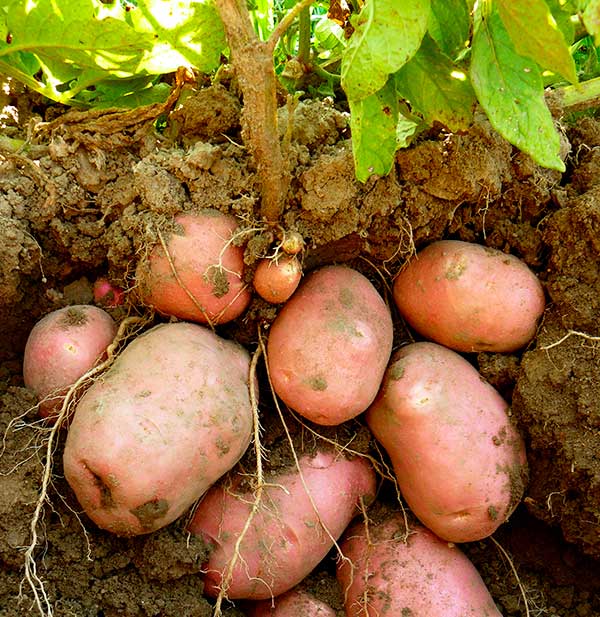
When do I harvest potatoes?
Once the plants are mature, you can gently pull some of the soil away and sneak a potato. Generally, they are all harvested at once. The plants will flower and then the leaves will start to turn yellow. The plants will begin to die back. Use a pitchfork rather than a shovel to dig up the plants. You want to be careful not to slice the potatoes you've worked so hard to grow before you ever get them out of the ground. I really love harvesting potatoes because it's like a treasure hunt. You don't know what you'll find until you get there. Kids especially love digging for potatoes.
If you miss any of the potatoes, they will sprout and grow for another crop, often just after the July harvest, so you would have a crop for Thanksgiving. Always fun.

